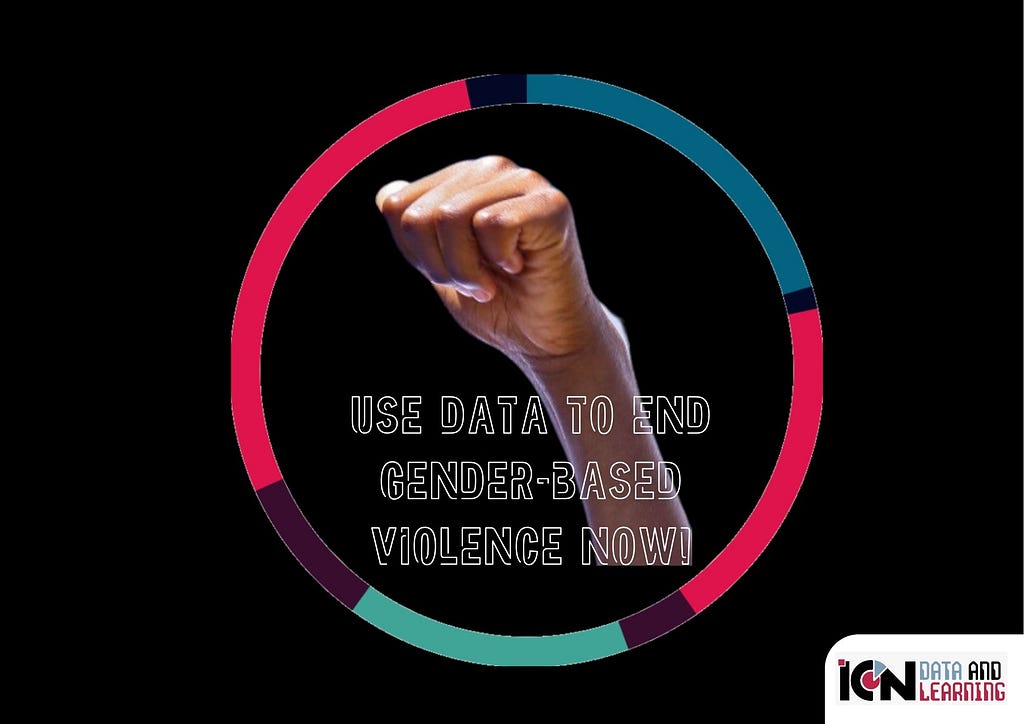Written by Ongati Odede

Have you ever stopped to wonder how much we truly know about the scope of Gender-Based Violence (GBV)? While the statistics — like the startling fact that 1 in 3 women globally experience GBV — paint a grim picture, they don’t tell the whole story. Beneath the surface lies an unsettling truth: our fight against GBV is hindered by incomplete and inconsistent data. Without accurate, inclusive, and actionable data, how can we hope to end violence against women?
This year, the 16 Days of Activism against Gender-Based Violence carries the theme: Connect, Collaborate, Transform. It’s a powerful reminder that data must be central to these efforts. Yet, the reality remains that many survivors of GBV are invisible in the very data that shapes interventions.
Why Survivors Remain Invisible
Survivors often face barriers to reporting incidents of violence, from fear of stigma and retaliation to a lack of trust in justice systems. These challenges disproportionately affect marginalized groups, including individuals in rural areas, persons with disabilities, and members of minority communities.
Owing to generalizability of nationwide statistics, underserved populations are often excluded, further deepening existing disparities, and leaving their realities unrepresented.
The problem is compounded by fragmented systems. Healthcare providers, law enforcement, and grassroots organizations often work in silos — with each arm collecting data independently and inconsistently. Additionally, the absence of standardized indicators & methods for gathering and analyzing GBV data makes it nearly impossible to compare information across regions and sub-regions. The result? A fractured understanding of GBV issues and missed opportunities for effective action.
The Cost of Data Gaps
Fighting GBV without comprehensive data is like solving a puzzle with half the pieces missing. Survivors remain unseen, their stories unrecorded, and their needs unmet. This not only undermines the design of programs and policies but also limits advocacy efforts, which rely on powerful evidence to drive systemic change. Without clear, consistent data, interventions may fail to address the root causes of GBV or reach those most at risk.
The Path Forward: Bridging Data Gaps
The good news is that we all have a role in closing these data gaps. Here’s how we can take action:
- Integrated data systems that support cross-platform functionalities to connect insights from healthcare providers, law enforcement, and community organizations, offering a more comprehensive view of GBV. Collaboration between NGOs, governments, the private sector, and communities is key to scaling these efforts.
- Safe, confidential, and accessible reporting platforms are of the utmost importance . By raising awareness and reducing stigma, we can encourage more survivors to come forward.
- Mobile apps, AI-powered analytics, and cloud platforms can transform how data is collected and shared. These tools must be designed with accessibility in mind to reach underserved communities.
- Universal data frameworks are indispensable for consistency and comparison. Governments and organizations need to invest in improving data quality and transparency, ensuring that efforts are effective and equitable.
This 16 Days of Activism, let’s move beyond hashtags and headlines. Addressing GBV data gaps is about more than numbers — it’s about amplifying voices, tailoring solutions, and holding systems accountable. As we embrace the theme Connect, Collaborate, Transform, we can ensure that no survivor is invisible and no effort is wasted.






